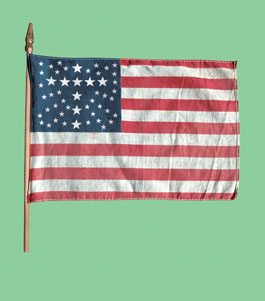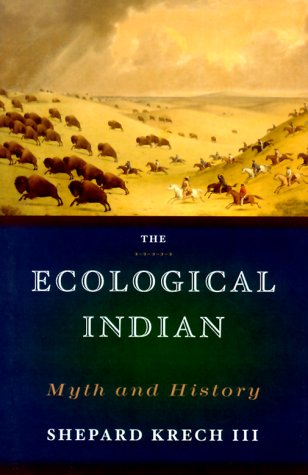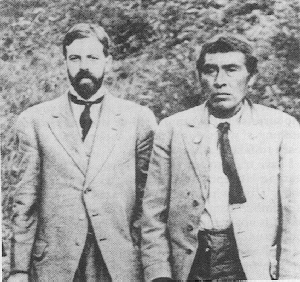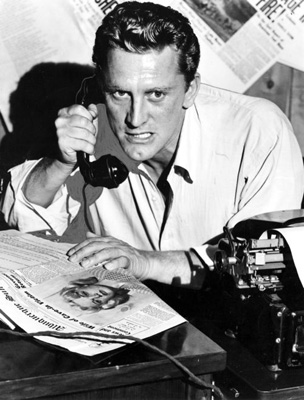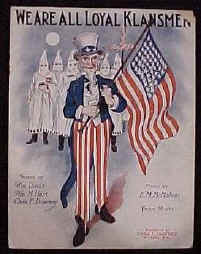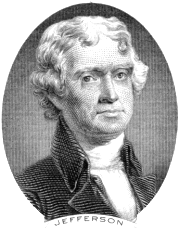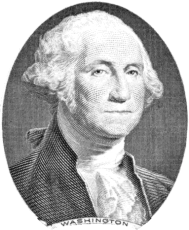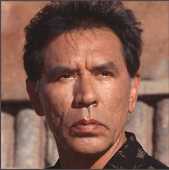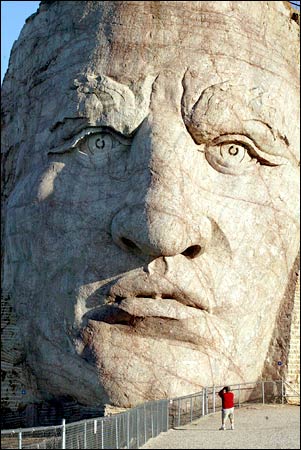The latest studies on the Tea Party philosophy confirm what previous studies have shown: that the movement is primarily about reinforcing white Christian power at the expense of minorities.
Crashing the Tea Party
By David E. Campbell and Robert D. PutnamOur analysis casts doubt on the Tea Party’s “origin story.” Early on, Tea Partiers were often described as nonpartisan political neophytes. Actually, the Tea Party’s supporters today were highly partisan Republicans long before the Tea Party was born, and were more likely than others to have contacted government officials. In fact, past Republican affiliation is the single strongest predictor of Tea Party support today.
What’s more, contrary to some accounts, the Tea Party is not a creature of the Great Recession. Many Americans have suffered in the last four years, but they are no more likely than anyone else to support the Tea Party. And while the public image of the Tea Party focuses on a desire to shrink government, concern over big government is hardly the only or even the most important predictor of Tea Party support among voters.
So what do Tea Partiers have in common? They are overwhelmingly white, but even compared to other white Republicans, they had a low regard for immigrants and blacks long before Barack Obama was president, and they still do.
More important, they were disproportionately social conservatives in 2006—opposing abortion, for example—and still are today. Next to being a Republican, the strongest predictor of being a Tea Party supporter today was a desire, back in 2006, to see religion play a prominent role in politics. And Tea Partiers continue to hold these views: they seek “deeply religious” elected officials, approve of religious leaders’ engaging in politics and want religion brought into political debates. The Tea Party’s generals may say their overriding concern is a smaller government, but not their rank and file, who are more concerned about putting God in government."A low regard for immigrants and blacks." "Concerned about putting God in government." In other words, racial and religious bigots. That teabaggers have no prejudices and care only about the size of government is a bald-faced lie they've somehow perpetuated. And many naive, gullible voters have bought it.
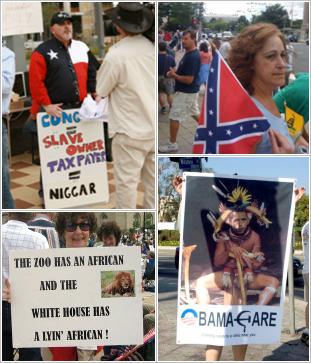 Study: Tea Party Members Cultural Dispositions ‘Authoritarianism, Fear of Change, Libertarianism and Nativism’
By Kyle LeightonWhat are the four primary characteristics most associated with those Americans sympathetic to the Tea Party? "Authoritarianism, ontological insecurity (fear of change), libertarianism and nativism." So says one of the many findings in a study presented to the American Sociological Association on Monday.In our follow-up poll, 84% of those positive towards the TPM [Tea Party members] said the Constitution should be interpreted "as the Founders intended," compared to only 34% of other respondents. Other respondents were also three times more likely not to have an opinion on the issue, highlighting the salience of the question for TPM supporters. Support for Constitutional principles is not absolute. TPM supporters were twice as likely than others to favor a constitutional amendment banning flag burning; many also support efforts to overturn citizenship as defined by the Fourteenth Amendment. That TPM supporters simultaneously want to honor the founders' Constitution and alter that same document highlights the political flexibility of the cultural symbols they draw on.
Study: Tea Party Members Cultural Dispositions ‘Authoritarianism, Fear of Change, Libertarianism and Nativism’
By Kyle LeightonWhat are the four primary characteristics most associated with those Americans sympathetic to the Tea Party? "Authoritarianism, ontological insecurity (fear of change), libertarianism and nativism." So says one of the many findings in a study presented to the American Sociological Association on Monday.In our follow-up poll, 84% of those positive towards the TPM [Tea Party members] said the Constitution should be interpreted "as the Founders intended," compared to only 34% of other respondents. Other respondents were also three times more likely not to have an opinion on the issue, highlighting the salience of the question for TPM supporters. Support for Constitutional principles is not absolute. TPM supporters were twice as likely than others to favor a constitutional amendment banning flag burning; many also support efforts to overturn citizenship as defined by the Fourteenth Amendment. That TPM supporters simultaneously want to honor the founders' Constitution and alter that same document highlights the political flexibility of the cultural symbols they draw on.Nativism translates to hatred of brown-skinned "foreigners" such as Latinos and Muslims. As does "original intent," which means restoring power to white property owners at the expense of women and minorities.
And "political flexibility" is a euphemism for hypocrisy. You can be sure teabaggers are hypocritical on their so-called libertarianism too. They want a strong defense, Social Security and Medicare benefits, bans on abortion and gay marriage, and government promotion of Christianity.
The fact that teabaggers even mention Christian is proof of their hypocrisy. True libertarians should be absolutely opposed to any religion in government. They shouldn't care whether America's leaders and principles are Christian, Muslim, or Buddhist as long as the government is small and weak. But teabaggers care very much about which religion governs America. They strongly prefer a white Christian government (George W. Bush) to a brown "Muslim" government (Barack Obama).
 What teabaggers really want
What I Learned in Two Years at the Tea Party
By Abe SauerThe Tea Party is no longer about economics, not that it ever solely was. At the larger rallies and for the cameras (CNN or laptop), they hold forth about founding fathers, liberty, spending, deficits, TARP, kicking cans down roads, taxes, living within means and fiscal responsibility. But when the lights are off, it's all about Jesus, with "God" thrown in, on occasion for Israel.
What teabaggers really want
What I Learned in Two Years at the Tea Party
By Abe SauerThe Tea Party is no longer about economics, not that it ever solely was. At the larger rallies and for the cameras (CNN or laptop), they hold forth about founding fathers, liberty, spending, deficits, TARP, kicking cans down roads, taxes, living within means and fiscal responsibility. But when the lights are off, it's all about Jesus, with "God" thrown in, on occasion for Israel.
Back in 2009, the movement appeared genuinely stumped with a conundrum of its key documents. Subservience to the Constitution of the United States of America was paramount, but then what to do about the Bible?
So they've engineered a backstory that essentially proves the nation's founders were just conduits for God. Essentially, the Constitution is just the word of God passed down through guys who wore wigs and snazzy cuffed jackets.
That the Tea Party is just a way to repackage the religious right has no better proof than Ralph Reed. In 2009, Reed took the tenets of his 90s-era Christian Coalition for his "Faith and Freedom Coalition," which is now a major player at Tea Party events.
In April, in the high din of the Wisconsin budget debate, I attended a full day's meeting of the northeast Wisconsin Manitowoc Tea Party (now officially called the "Manitowoc County TEA-Movement"). It began with a prayer that included the statement that "we have neglected...the only nation founded on Christian principles."
Held in a local hotel ballroom, the meeting consisted of info sessions and speakers. The "training" sessions were largely civic and cartographical—who's your rep, where to vote, that kind of thing. The day's speakers were a mix of community organizers and preachers. American Majority operatives did sessions on "The System" (smaller-government, term-limit doctrine) and "Social Media" ("How many here have a Twitter account?"). These info sessions were balanced by Jake Jacobs and Kyle Desjarlais.
Jake Jacobs (Ph.D!) is the head of FreedomProject Education, which, not to get too into it, provides “a classical education in the tradition of America’s Founders." It is, essentially, as Jacobs out it in his exhaustive address, a curriculum about America's Judeo-Christian founding. (They are an arm of the American Opinion Foundation.) Jacobs' hour-long rant mixed historical evidence of the founding father's Christian intentions for America with conspiracy theories about Barack Obama and Columbia University, Bill Ayers, Sharia, Hitler, the Kentucky and Virginia acts of 1789, Sean Penn, his former students' persecution in college "for their Christian conservatism" and "how to refute the argument that Jesus was a socialist." (Which, by the way, is to note that "thou shall not steal" is a direct rebuttal to how "socialists despise private property." Jacobs' lessons (available online) are set up especially for home-schoolers.
"Let's emulate our pioneering forefathers who cheated and killed the Indians because God told them to."
Minuteman to Tea Party: A Grassroots Rebranding
By David HolthouseGrinning on the sidelines behind mirrored sunglasses was Glenn Spencer, the leader of the border vigilante group American Border Patrol and the owner of the Tea Party Nation rally site.
Spencer informed Media Matters that he travels almost weekly to speak at Tea Party events, and that his ranch, the onetime vigilante outpost where Forde took shelter, is now a Tea Party rallying point. "Plans are for Tea Party groups to come to the ranch every week from now on," he said. "They are really fired up over the border issue."
Despite his association with Forde and his well-documented history of bigoted ranting and "reconquista" conspiracy mongering, Spencer is a rising star in the Tea Party movement.
He's not alone.
Over the past two years, more than a dozen former border vigilante leaders have taken on key roles in the Tea Party movement. Some, like Spencer, continue to maintain their hard-core nativist personas. Others have sought to separate themselves from their Minuteman identities in pursuit of mainstream political legitmacy.Comment: Minutemen want to stop immigration by any means necessary. They're one step away from militia men who talk about armed revolution and "joke" about killing Obama. These
Klansmen, Neo-Nazis, and Christian "patriots" form the core of the Tea Party movement. Their goal is a Christian theocracy where white men rule.
For more proof of the Tea Party's racism, see:
Another poll proves teabaggers are racists
Poll proves teabaggers are racists
The evidence for teabagger racism
For examples of this racism, see:
Rick Perry promotes Christian bigotry
Stossel: Indians are biggest moochers
White supremacists outnumber Muslim extremists
Whites feel like a minority
Fischer defends pro-genocide column
Bachmann fibs about America's founding
Obama's UN "coup" is "chilling"
